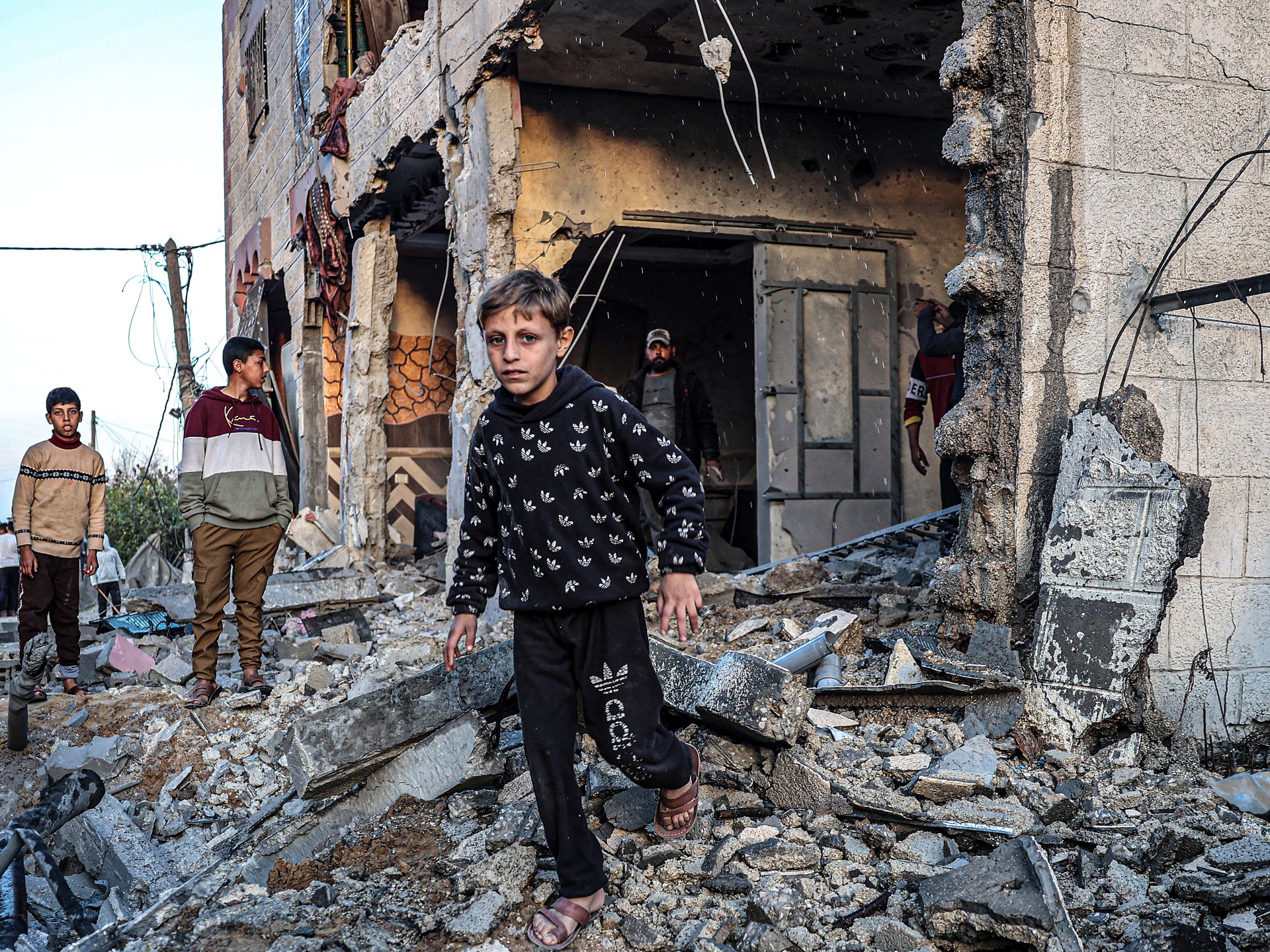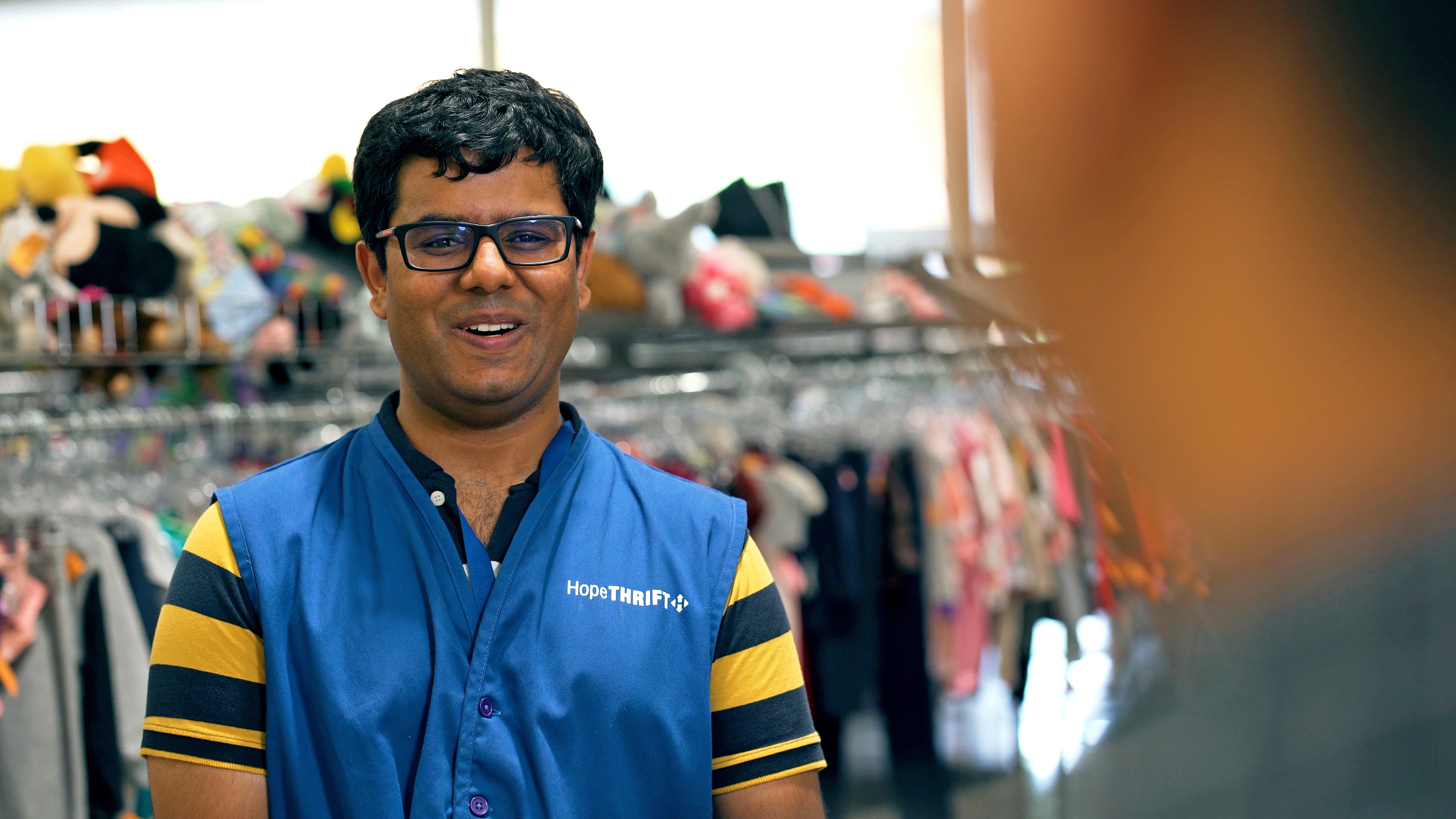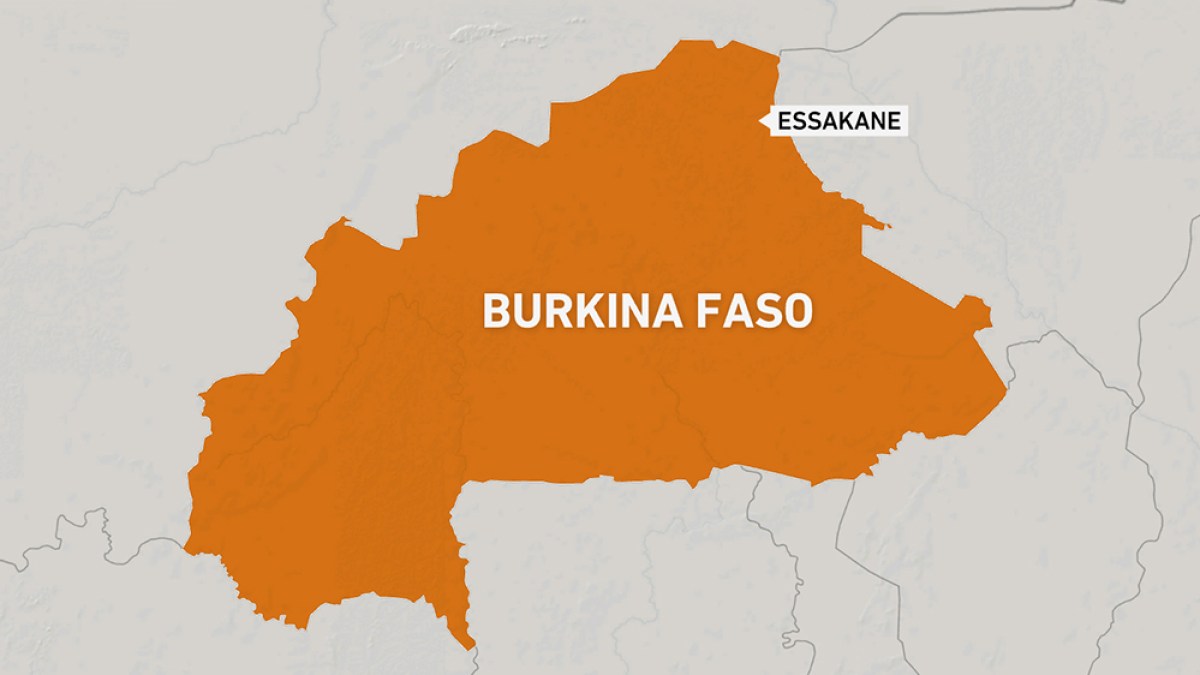In Dadaab, football is now the best medicine the refugee camp can provide | Football News
Dadaab, Kenya – At Kenya’s Dadaab refugee camp, refugees stuck in the purgatory of indefinite displacement have found a powerful lifeline in the shape of football, which offers young aspiring athletes a path away from drugs and depression – and, in one case, towards an unlikely business opportunity.
Situated in an arid eastern strip of Kenya near the border with Somalia, Dadaab is one of the largest refugee camps in the world.
It was set up by the United Nations in 1991 to accommodate a massive influx of refugees fleeing civil war in Somalia. Today Dadaab is home to about 380,000 registered refugees and asylum seekers, more than half of whom are under the age of 18. Though the camp was set up as a temporary solution, many of its residents have spent their entire lives in its plastic sheet tents and wooden huts.
The camp’s war-rattled refugees often suffer from depression, post-traumatic stress disorder (PTSD) and anxiety, the result of facing an uncertain future with few opportunities as they languish in the camp.
Most devastating of all, some teen refugees have even committed suicide. Amid such grim conditions, it’s not uncommon for Dadaab’s residents to turn to drugs and substance abuse to cope with despair.
That’s where football has come in.
Without access to regular mental health services, the camps’ highly attended football matches have become a critical form of alternative therapy, according to Ahmed Bile Abde, a former football star from Somalia, and an advocate in the war against drug consumption in the camp.
“There is a decline in substance abuse among youth in the camp due to the regular football tournaments,” said Abde.
Recent scientific data supports the efficacy of this approach: a 2023 study from Australia found that physical activity is 1.5 times more effective at managing depression than counselling or leading medications.
Abdullah Mohamed Bunow, a coach in the Dagahaley refugee camp, which is one of three that form Dadaab, said that “football has become one of the key ways” the camp is steering its youth population clear of drugs and other pitfalls that commonly befall refugee populations.
Central to the camp’s football culture are the senior and junior tournaments it holds across the three camps that make up the sprawling refugee complex.
On tournament afternoons, thousands of spectators gather around dirt pitches to watch young players kick up dust under the scorching sun.
A lack of playing gear means that children often play barefoot and swap jerseys when substituting out because there are too few shirts to supply the whole team. Only a single pitch, of the camp’s more than 100, has actual benches on the sidelines.
Well-equipped or not, the lively matches turn the often downbeat camp into a festive atmosphere. Players are all smiles when they take home a coveted tournament trophy and the spectators are highly engaged in the outcome of the games.
Some of the football tournaments mark key events like World Refugee Day and are sponsored by groups like Doctors Without Borders (Medecins Sans Frontieres, or MSF).
While the camp has yet to produce any world-famous footballers, it has seen a few Olympic athletes. Since the Refugee Olympic Team debuted at Rio de Janeiro Summer Games in 2016, several track and field competitors have hailed from Dadaab, such as James Nyang Chiengjiek, Anjelina Nadai Lohalith, and Rose Nathike Lokonyen, all three of whom are refugees who fled South Sudan.

‘Made in Dagahaley’
One of Dadaab’s biggest football stars is Bol Bakuyony Nyieth, a 26-year-old South Sudanese refugee who lost his home to civil war and arrived in 2013.
He’s famous – although not for his skills on the pitch. Nyieth’s popularity stems from his booming homegrown business making footballs, which sell out in the camp as quickly as he can produce them.
Nyieth started the business two years ago after receiving training from the Norwegian Refugee Council, which offers camp residents vocational instruction in areas like sewing, electrical work, and soap making.
He sells the footballs for 2,000 Kenyan shillings ($15), about half the price of the $30 imported footballs the camp was forced to buy previously. His workshop is a modest tent made of sticks, where he sews together each ball by hand.
“If I make one mistake during the sewing process I have to repeat the whole thing. Therefore, sometimes it can take three days to complete one ball,” said Nyieth. To add a local touch, he prints on them “Made in Dagahaley”, the name of the camp where he lives and works. To keep up with demand, Nyieth often hires other camp refugees to work with him.
“I don’t only do it for business. I also want to inspire youth and promote peace,” he said.

Whatever the motivation, the lower price has made Nyieth’s footballs a big hit.
The camp’s scrappy football teams see them as a big win, as each player typically has to chip in to buy a team ball, a hefty expense for mostly jobless refugees.
His customers also include humanitarian organisations that work in Dadaab. Camp officials estimate his local footballs now make up some 30 percent of the ones being kicked around Dadaab.
“We purchased a ball from him last December. If we couldn’t get one, our team would certainly have collapsed,” said Mohamud Aden Hassan, a captain on one of the football teams in the camp.
Remarkably, Nyieth has managed to keep his football production line running despite being unable to leave the camp and source raw materials, part of strict security measures that require special permissions that are rarely granted to enter and exit Dadaab.
“I could have manufactured more had I had the freedom to move, but that’s not possible because of the encampment policy,‘’ laments Nyieth, who has the materials sent in from Nairobi.
Still, Nyieth’s ambition to succeed as an entrepreneur far outweighs the limitations of a refugee existence: “I dream of having a big booming company that manufactures sports materials in our camp.”
As long as life in the Dadaab camp remains the only long-term option for many, it appears sport may well be the only way out – not only as a temporary respite from myriad mental health problems for the refugees, but perhaps as a path to one day exit the camp itself for the lucky few who are able to do so.
This article is published in collaboration with Egab.
Check out our Latest News and Follow us at Facebook
Original Source







